"Like farmers who need hoes and shovels, I think I have to create my own means and weapons to fight the enemy. As young people, we all hate the enemy and long to contribute something to our homeland and village," hero Ut Duc, now 83 years old, recalls his wartime memories.
In a spacious, peaceful house in Xom Bung hamlet, Nhuan Duc commune, Cu Chi district, Mr. Ut Duc (real name To Van Duc, born in 1942) warmly led Dan Tri reporter to a special glass cabinet - where mines, flashlights, handbags, water bottles... are kept as priceless souvenirs. The war has been over for half a century, but the images of the past are still vivid in the memory of the hero of the steel land of Cu Chi.
Coming from a poor family with little education, Ut Duc at that time brought with him the knowledge of bicycle repair and mechanical engineering learned from years of struggling to make a living to join the militia and guerrilla force of Nhuan Duc commune, in charge of the workshop repairing broken weapons.
At that time, the US and the old regime carried out a special war strategy, piloting the establishment of strategic hamlets in many rural areas in the South. In Nhuan Duc commune, Cu Chi district, the main force of the old regime continuously swept through, trying to control and suppress revolutionary struggles. With a seething hatred for the enemy and a will to be self-reliant, the young man Ut Duc told himself that he had to manufacture weapons to fight the enemy.
"In the early 1960s, guerrillas and militias in the Cu Chi area were lacking everything. At that time, only the main force had guns and ammunition, while the guerrillas and militias' weapons were mainly machetes, bamboo sticks, and grenades. Entering the workshop in 1962, I was always concerned about finding raw materials and steel to create guns from scrap iron, adding more weapons for people to fight the enemy," Mr. Duc recalled.
Thanks to his intelligence and resourceful hands, Mr. Duc turned primitive materials into sky horse guns, rifles, K54 pistols... However, for someone who only studied up to grade 4, the young man that year experienced many difficulties when sketching, manufacturing, and assembling weapons.
"Once, I begged my brother to borrow an American 12mm gun. When I brought it back to the workshop, I took apart all the gun parts and placed them on a drawing. Not having any technical drawing skills, I had to put the gun on white paper. If the part looked like the letter A, I drew the letter a, if it looked like B, I drew the letter b, memorizing every detail in my head.
Making a gun that simulates this type of gun is not simple because the trigger of an American gun is automatic, firing one bullet will immediately fire another. I have little education, so at first it was very difficult to actually try it out, it took a whole month to assemble a gun," he shared.
Within 2 years, Mr. Duc created 21 rifles, 19 pistols and 1 submachine gun. He studied the outside situation, improved weapons and instructed his colleagues in the workshop to produce many good quality guns, contributing to breaking the enemy's sweeps, forcing the enemy to stop firing for a while.
The mechanized soldier Ut Duc also had the feat of sinking a large American logistics supply ship on the Saigon River, anchored near Ben Dinh hamlet, Nhuan Duc commune.
The first time he tried, he used a 50kg bomb from the French resistance war and took it out to the river, but the waves washed the bombs away. Undaunted, he researched the army's mines, bought 20 oil barrels from scrap metal, sealed them, made them into buoys and attached explosives to them. The second time, the ship hit a mine and sank. He retreated into the bushes to escape, avoiding the bullets of the American soldiers.
After the failure of the "special war" strategy in the winter-spring of 1965-1966, the US carried out the "local war" strategy, aiming to defeat the main force of the National Liberation Front of South Vietnam.
One day in January 1966, the sky and earth of Cu Chi shook in the air filled with the strong smell of gunpowder and bombs. Operation Crimp (The Trap) in which US infantry combined with air force, tanks, and artillery landed in Nhuan Duc commune, continuously bombed, sprayed toxic chemicals, and swept, turning the area north of Cu Chi into a giant battlefield.
As a buffer zone between the vast forests of the East and Saigon, Cu Chi became a thorn in the enemy's side that needed to be removed.
That night, 2km away from the enemy's camp, Mr. Duc and a friend hid behind a row of trees, secretly monitoring the enemy's movements. The situation was critical, the captain of the weapons factory realized that there were many difficulties. The enemy was sweeping through with a powerful army and modern weapons, how could the guerrillas and the people have enough strength to fight?
"I racked my brain thinking of how to attack enemy tanks. At that time, we didn't have B40s to attack tanks. We had to do something! I wasn't afraid, I was a young man, I just wanted a chance to fight the enemy," Mr. To Van Duc recalled.
No sooner had he thought than he acted. The very next day, Mr. Duc went to pick up cluster bombs - the kind that the enemy dropped but didn't explode - brought them home, opened them up to learn about their features, then mixed in explosives to create a rolling mine.
In the first test, he guessed the direction of the tank, placed the mine about 20 meters away from the tank. As a result, the enemy tank slowly moved forward, ran across it, and broke its tracks. The first battle was considered a success. While doing it, he directly brought it to fight the enemy to conduct further research. After that, he continued to think, improving the mine into a sledgehammer to increase its anti-tank capabilities, so that the M113, M118, and M41 tanks would "explode wherever they hit them". Three months later, the sledgehammer was born.
"The difference between a pusher mine and a rolling mine is the lever. I improved a few operations, then placed mines in a horizontal line at places where enemy tanks would definitely pass. Previously, the tank's wheels would run directly over the mine to explode, but now the tank has to run over it and hit any part of the lever to be destroyed," said Mr. Duc.
To Van Duc's invention of the landmine was widely popularized on the battlefield, contributing significantly to the guerrilla movement, fighting to receive the title of "American killer", "American tank killer" at that time. Sometimes, the factory did not have enough manpower, so the elderly, women, and children rolled up their sleeves to produce mines. In each commune in Cu Chi, people planted mines in "deadly land" areas, because if they just crossed there, the tank would explode and burn down.
In January 1967, the US swept Cu Chi in Operation Cedar Falls (Skinning the Earth). The landmines invented by hero To Van Duc were used throughout the battlefields, contributing to the destruction of hundreds of vehicles and many helicopters, repelling the enemy's evil steps. Among them, we must mention the heroic martyr Pham Van Coi, who used the landmines invented by Ut Duc to fight, killing nearly 90 enemies in one battle and was awarded the title of "American-killing grandmaster".
Why can the hard-working farmers, when facing the enemy, become brave and courageous people, not afraid to face death?
When we asked this question to hero To Van Duc, he pondered for a long time and then said: "Cu Chi land never lacked bombs or gunfire. Death and life were side by side. My parents died early. In 1945, the French army dropped bombs, the house did not have a shelter, I hid under the scaffolding. My uncle Sau was a martyr, sacrificed in 1951. When he died, I was only 9 years old.
When I grew up, everyone participated in the revolution, small people did small things, big people did big things. Guerrillas fought directly in very fierce and difficult battles. As a factory manager, I also equipped myself with weapons to protect the base. During the war years, I single-handedly destroyed 13 tanks and 53 American soldiers. No one asked me to, I also went to fight the enemy to share the fire with the revolutionary forces.
Hero To Van Duc calmly said that during wartime, standing on the line between life and death became a normal thing. He considered himself lucky: "Bombs and bullets avoided me, letting me live, I passed every danger, otherwise, I would have died a long time ago."
In 1963, with planes circling overhead, Mr. To Van Duc prepared 10 grenades to throw at the enemy to protect the base. On the 9th grenade, it exploded in his hand, blood flowed profusely, and his nephew standing behind him quickly carried him to the medical station. "Luckily, the grenade only exploded halfway, so I wasn't too seriously injured. More than 60 years later, shrapnel is still in my body," he recounted.
Another time, in 1966, the US dropped many bombs on Bau Tran hamlet, a few hundred meters from Xom Bung hamlet. Six heavy bombs, weighing about 250kg, lay scattered across the village. If they exploded, they could destroy a large area. People fled for fear of the bombs exploding. The Nhuan Duc Commune Party Committee met with Mr. To Van Duc and asked him if he had any way to remove these six bombs.
"I was scared. But I had to try," he said.
That day, he and two comrades in the workshop and some female guerrillas used hoes and shovels to dig out handfuls of soil. When they reached a dangerous distance, he told everyone to stay away and alone observed the giant bomb, which looked like a whale lying on its belly. Many girls cried, thinking that Mr. Duc would die defecating the bomb. They sighed in pity for him, saying, "He's handsome but died young."
"People think I'm reckless, but I did my research carefully. I realized that the Americans dropped the bombs low, so they might not be able to open the safety pin in time. As expected, when I opened the fuse, I saw that the two warheads were not working, so I immediately turned the warheads back to safety. This was just a dud bomb," said Mr. Duc.
Thanks to Mr. Duc's experience and guidance, the remaining 5 bombs were safely defused. Mr. Duc's achievements in making and disarming mines made the people of Cu Chi district admire him, and world reporters were also surprised that "The US lost to even Vietnamese farmers".
On September 17, 1967, Mr. To Van Duc was awarded the Third Class Liberation Military Exploit Medal and the title of Hero of the People's Liberation Armed Forces by the Central Committee of the National Liberation Front of South Vietnam. That year, he was only 25 years old.
"I am a farmer, used to plowing and harvesting rice, not creating any new technology. I just like to do practical research, want to do useful things, improve weapons. I do not ask for any achievements or recognition, just contribute my efforts, do what I can for my homeland.
Even on the day I participated in the Congress of Heroic Emulation Soldiers on September 17, 1967, and was honored as a Hero of the Liberation Armed Forces, I just knew I had received this precious title," he confided.
From the land plowed by bombs and bullets in the past, Cu Chi has now "changed its skin". No longer are the fields covered with bomb craters, the trees are bare, the villages are destroyed, Cu Chi has put on a new coat, where there are high-tech agricultural gardens, eco -tourism areas , and increasingly developing residential areas.
There, former mechanized soldier To Van Duc enjoys a peaceful old age with his children and grandchildren. When we visited, he and his daughter-in-law and son-in-law were having lunch together. Mr. Duc showed off the jar of pickled mango he made himself from the mango tree he planted.
"I come from a farming family. Since I was a child, I have been herding buffaloes to the fields from early morning until noon. It was so hard that I thought I would no longer be a farmer. But after retiring from the army, I stuck to farming, developing cultivation and animal husbandry. My wife and I reclaimed the pristine swampy land, went to Ben Tre to buy seeds, planted fruit trees, raised pigs and animals," Mr. Duc shared.
Mr. Duc's wife passed away a few years ago, and the only remaining member of the family is his 85-year-old sister who lives in Xom Bung hamlet. Every weekend, he drives from District 12 to Cu Chi to visit his farm, garden, and sister, then the next day he drives back to the city.
The guns have stopped, peace has been restored for half a century, Mr. Duc still often reminisces about the days of fighting with the people and guerrillas of Cu Chi. Occasionally, he rides his old motorbike around Nhuan Duc commune, visiting old battlefields and old comrades. The weapons factory and base of that time have now given way to spacious houses and fruit-laden gardens.
He said, Cu Chi has changed its clothes, but the pain remains.
The Nhuan Duc Commune Weapon Factory where Mr. Duc used to work had a number of comrades who sacrificed their lives. The old generation in Cu Chi who are still alive today also have many people who have lost arms, legs, or body parts after years of bombs and bullets. As a 1/4 disabled veteran, Mr. Duc's wounds sometimes ache every time the weather changes.
Recently, Mr. Duc was extremely moved when he went to the cinema to watch the movie Tunnels - a work in which he had participated as an advisor to the film crew in the production, setting and character building. He sent his thanks to director Bui Thac Chuyen for recreating a part of the "land of steel and bronze" on the screen.
"There are no words to describe the hardship and loss of this land. In the past, we hid in the tunnels, every time we went up to the hatch cover we took the opportunity to drink tea, for 5 minutes then went back down. During the fierce B52 bombings, the militia in the area sacrificed their lives in great pain. I once witnessed the wife of Mr. Ba Anh - my team leader - die from a bomb. At that time she was only 23 years old and pregnant. I carried her body with Mr. Ba Anh, forever haunted by the image of her skin cracking open, her hands cramped.
I want nothing more than for the young generation to preserve the revolutionary tradition, to know how much blood and sweat our ancestors shed to protect every inch of our homeland and country," he said.
Content: Bich Phuong
Photo: Huu Khoa
Design: Tuan Huy
Dantri.com.vn
Source: https://dantri.com.vn/doi-song/co-may-pha-tang-to-van-duc-va-bi-mat-trong-xuong-vu-khi-20250415164326693.htm


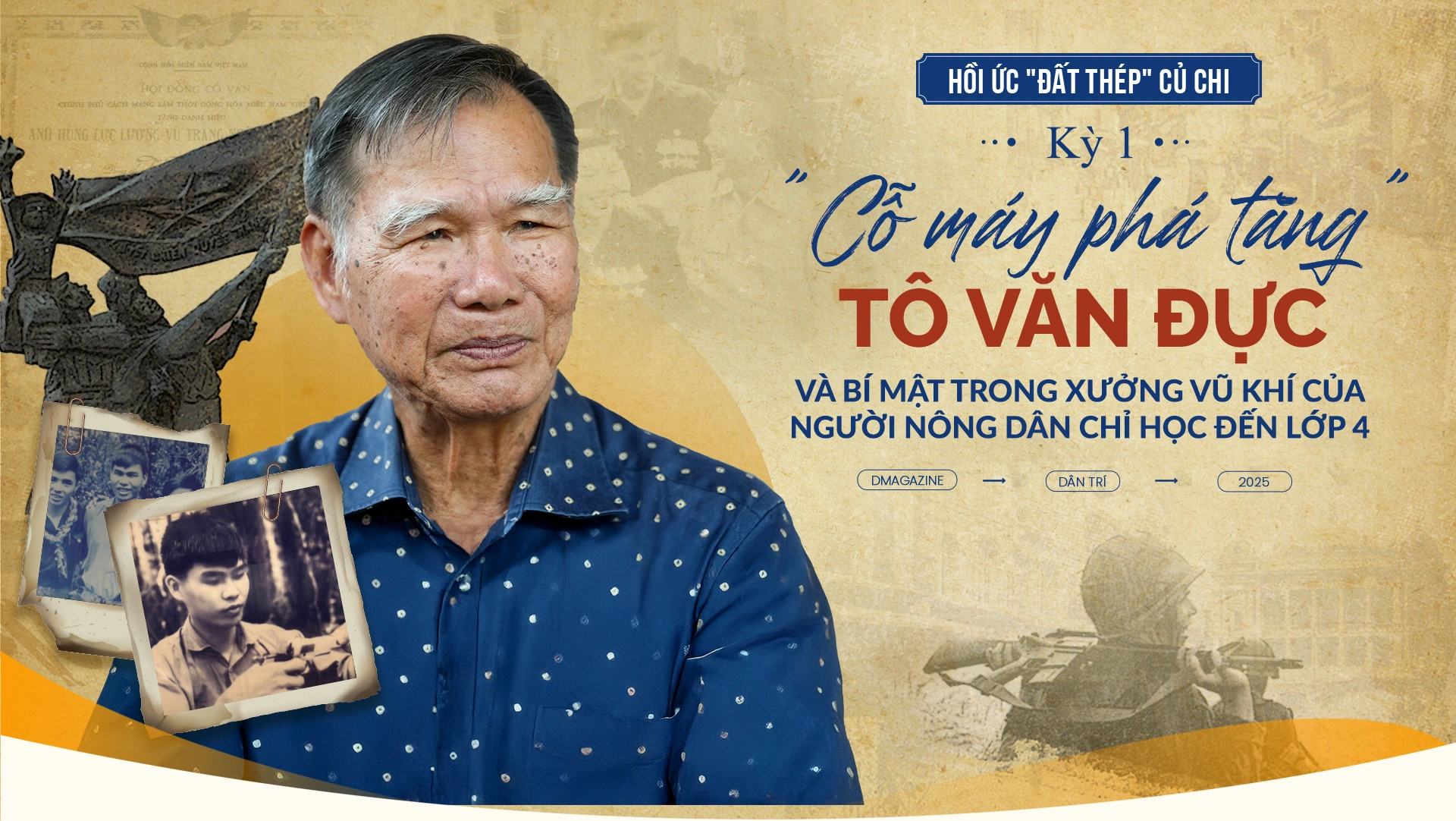
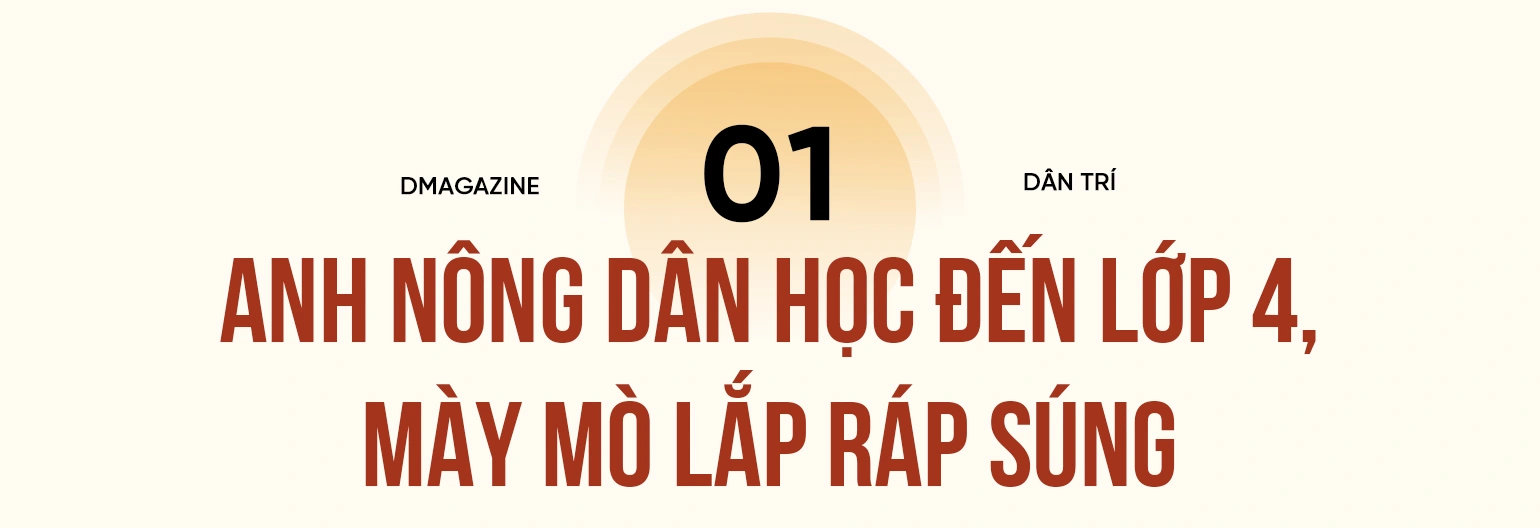
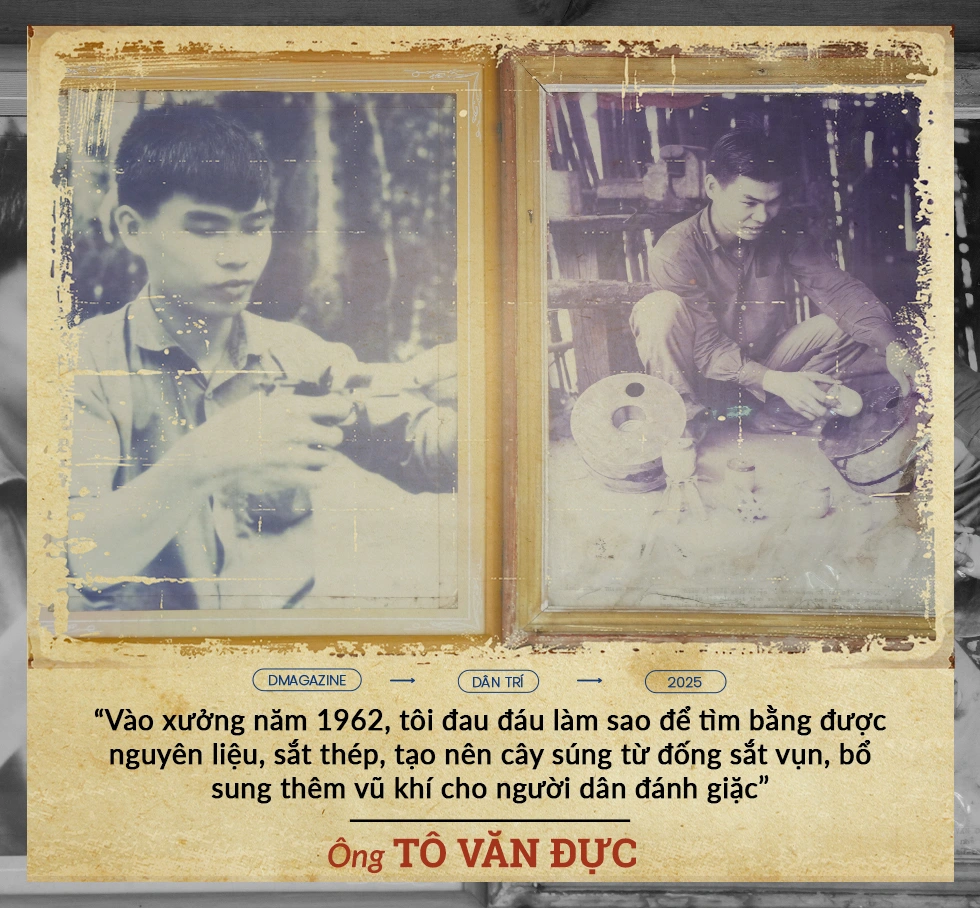
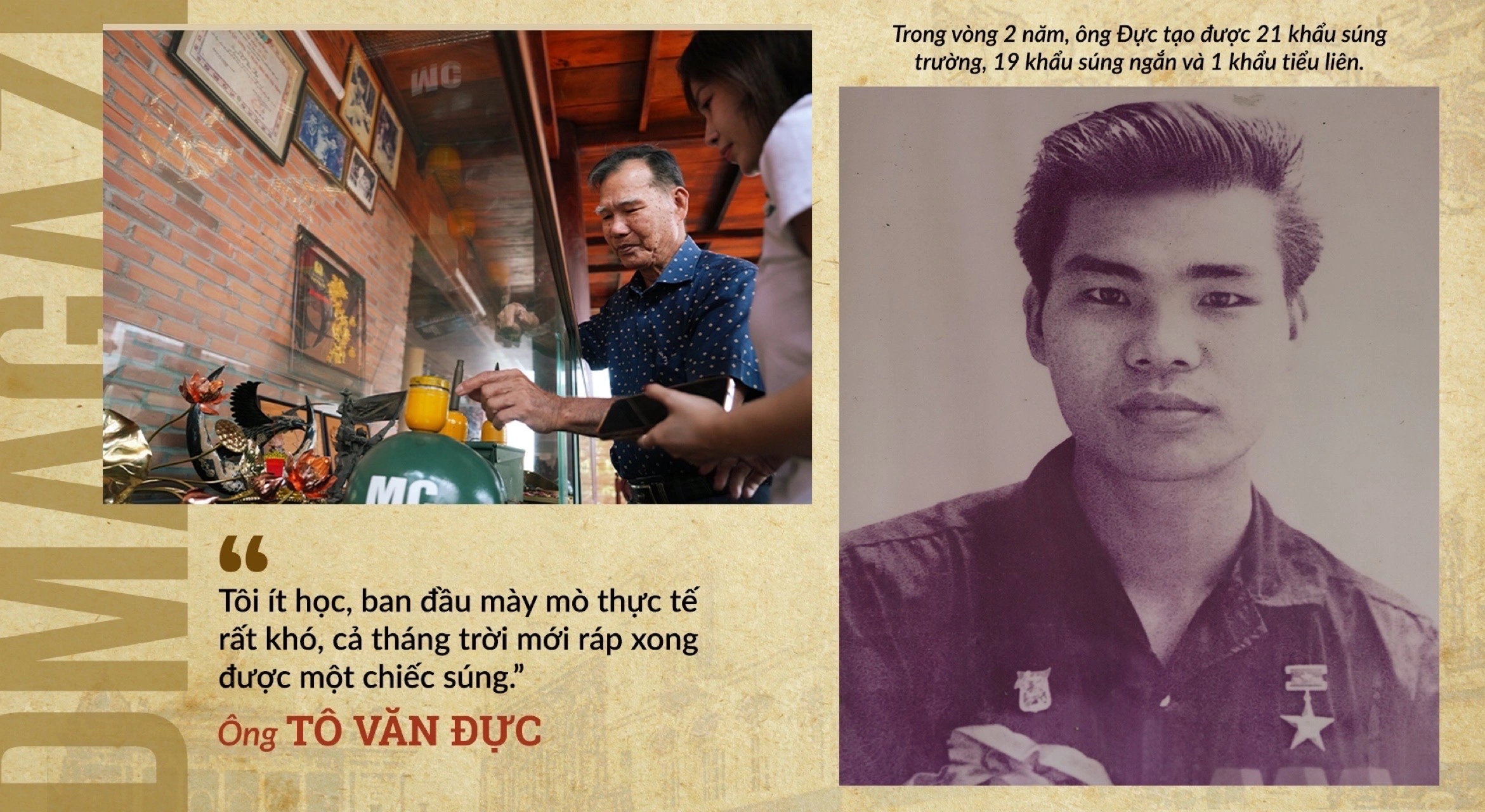

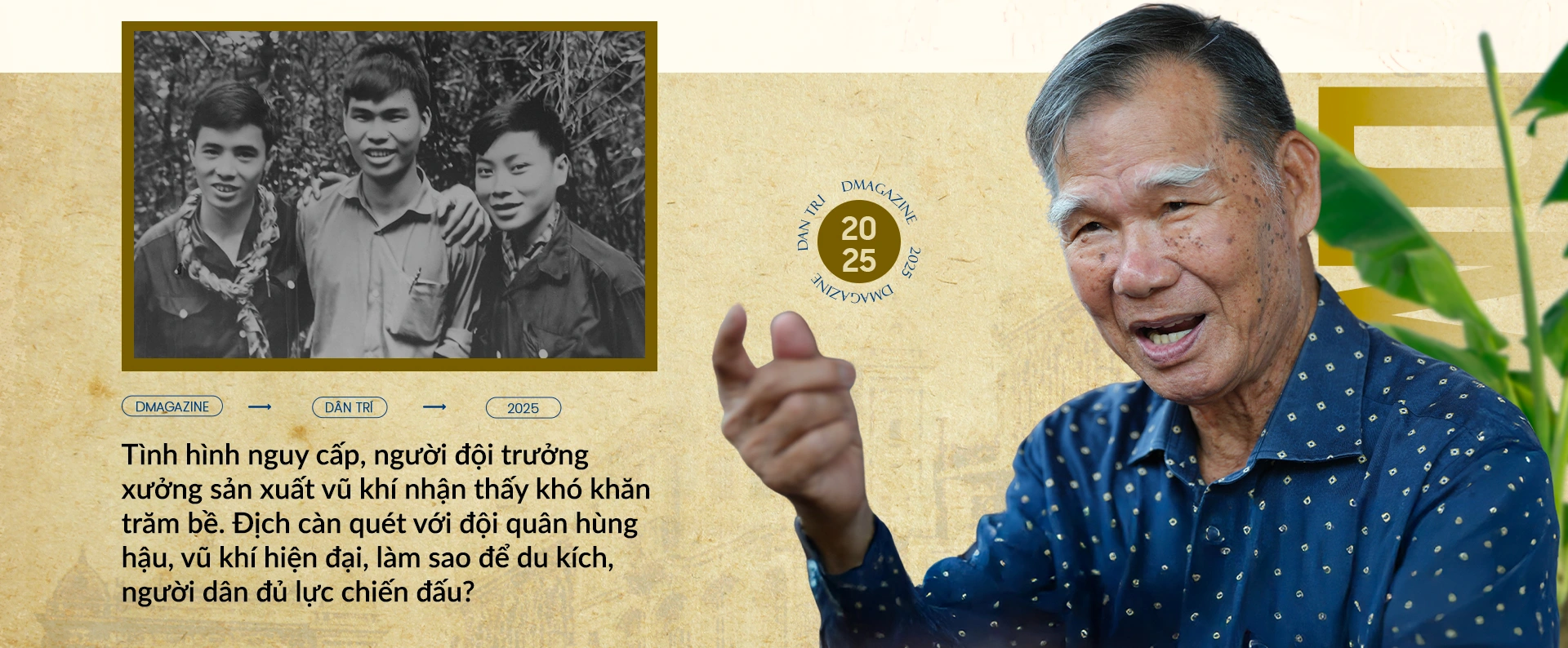
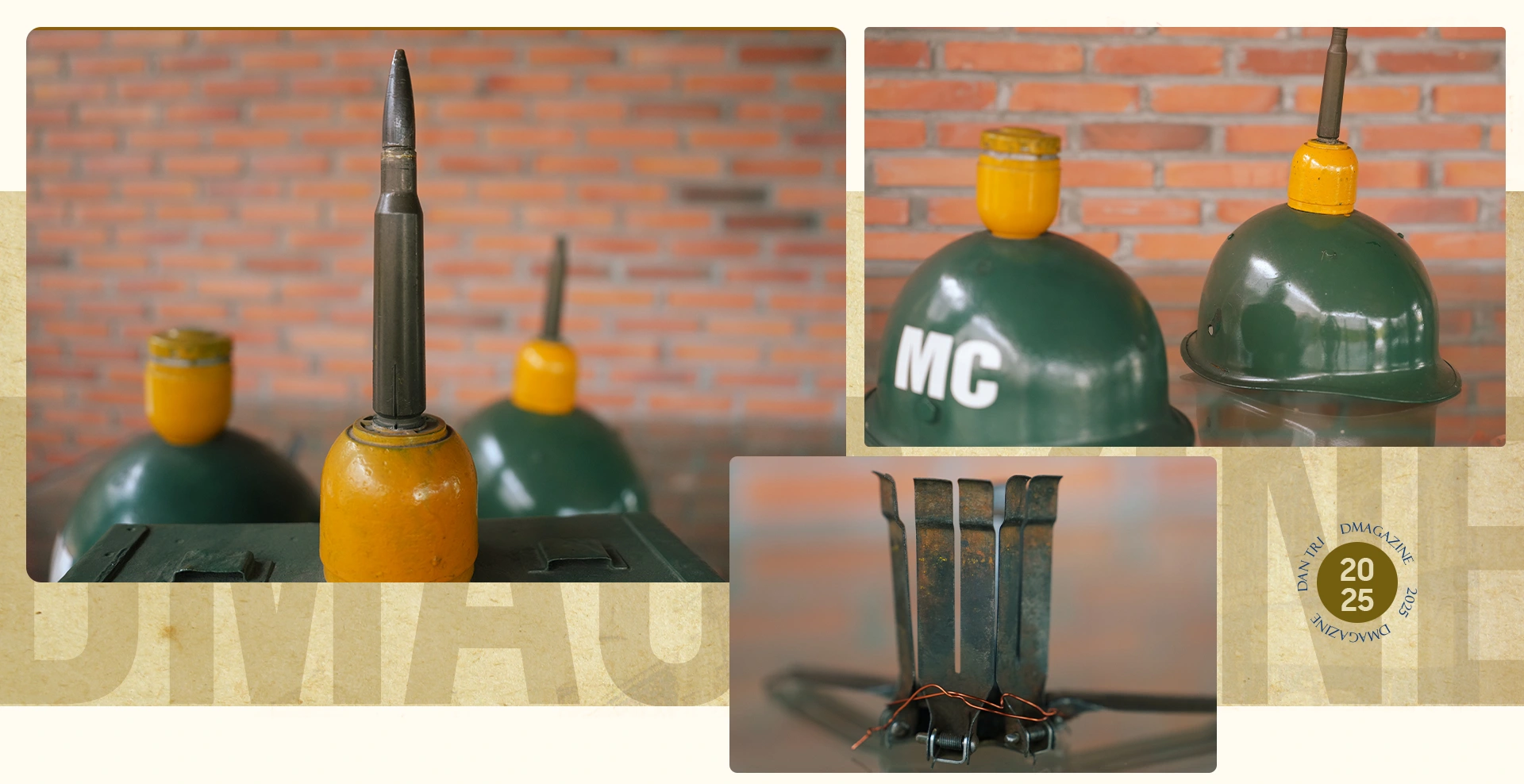
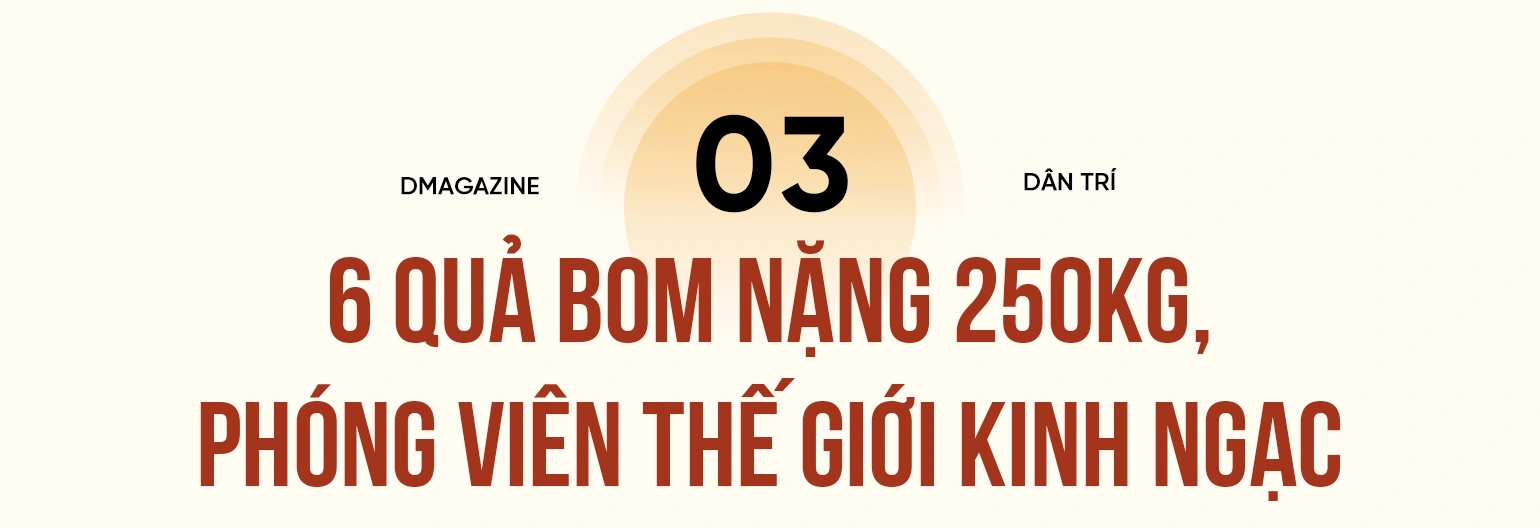
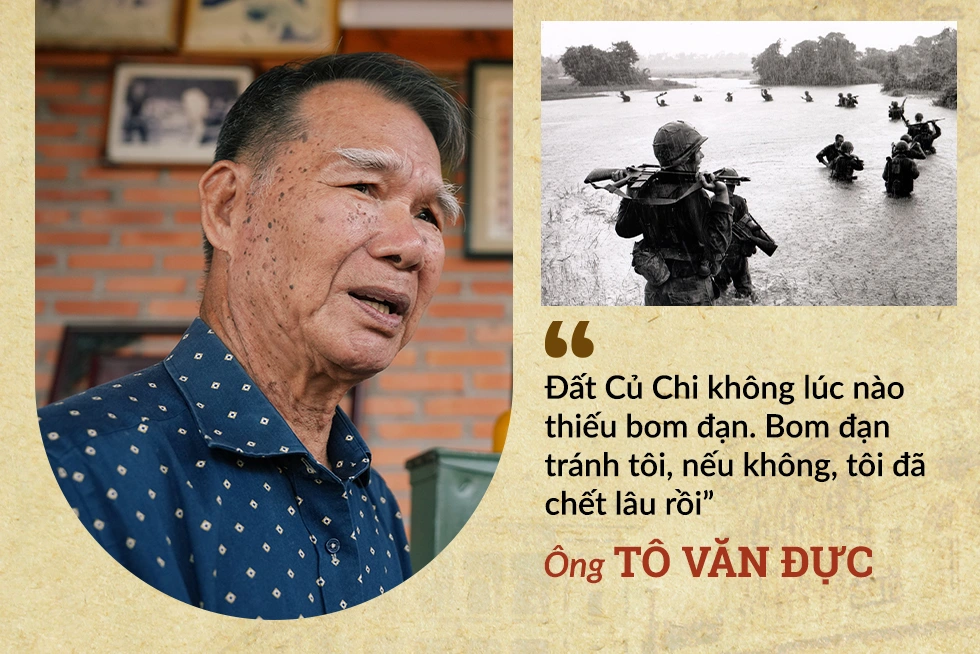
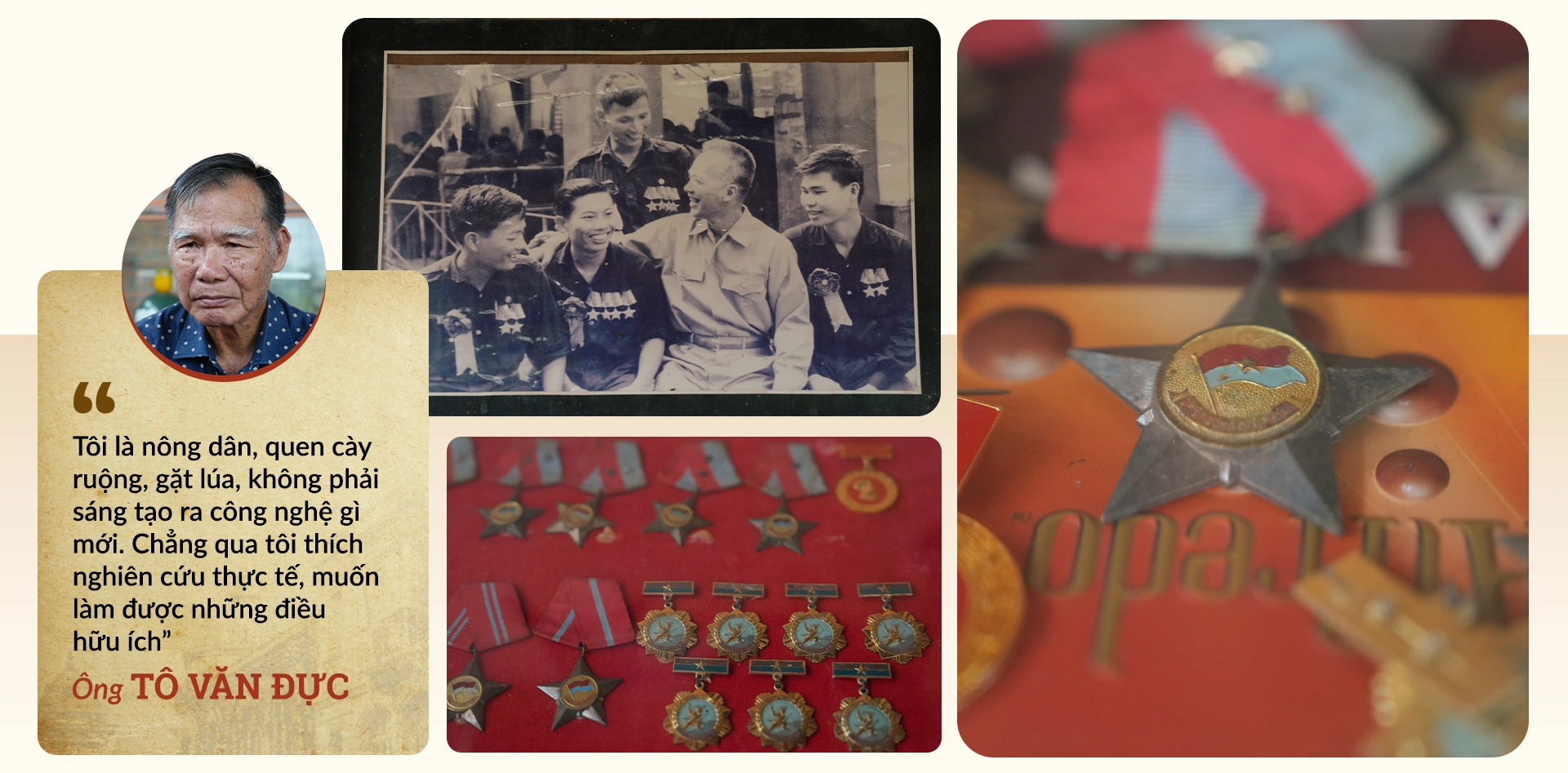
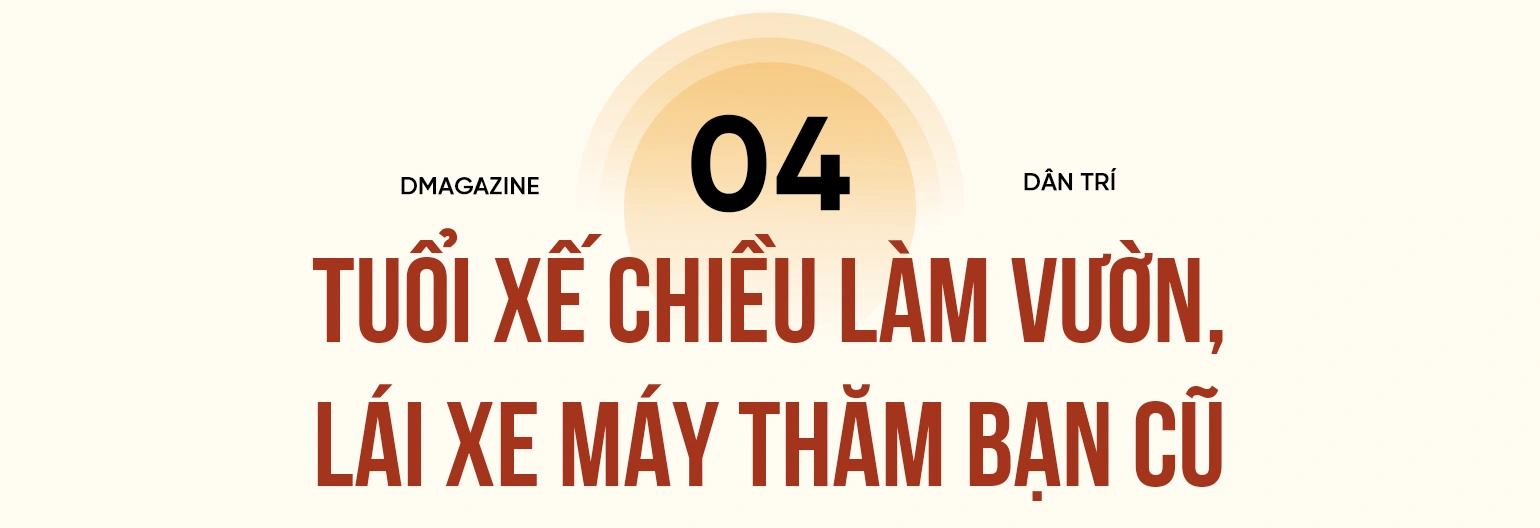


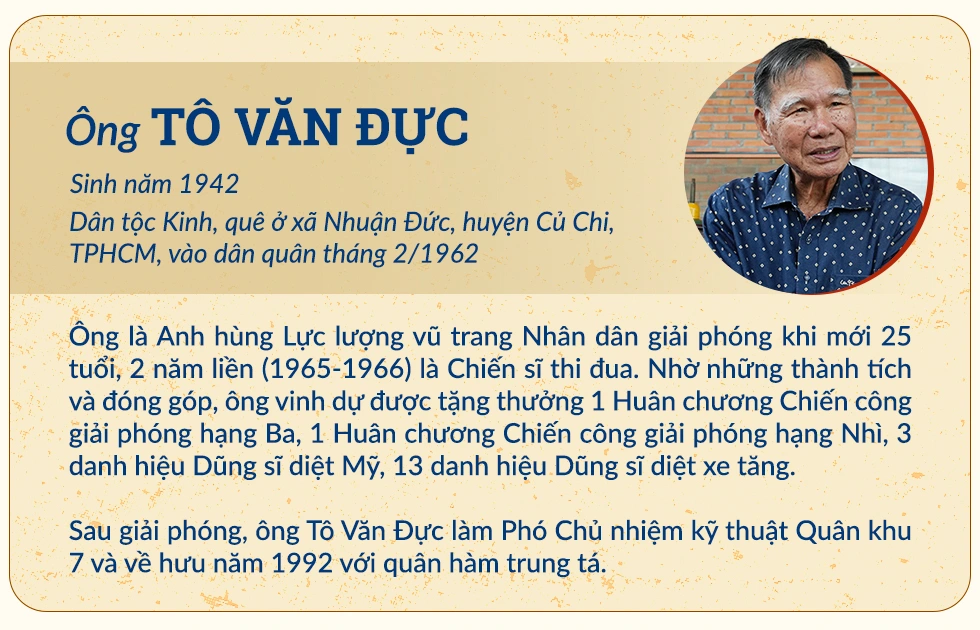


















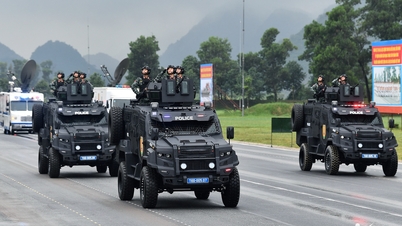




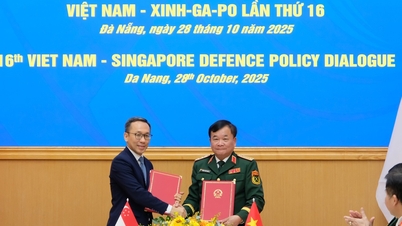












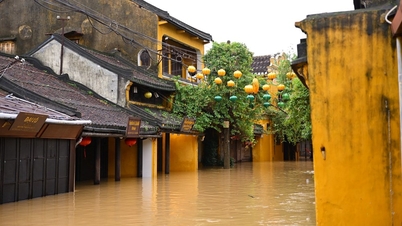











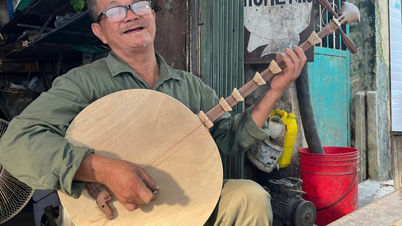




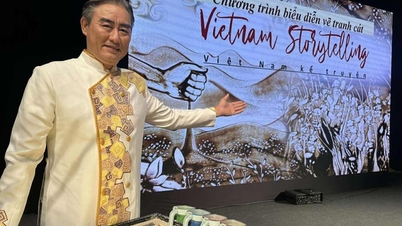






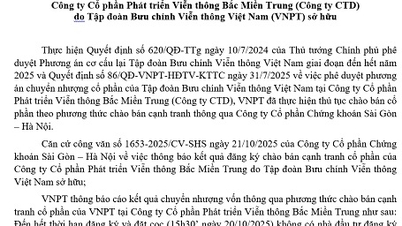
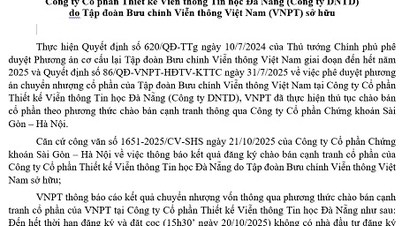











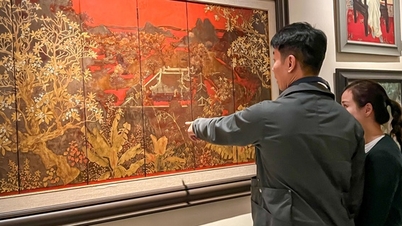











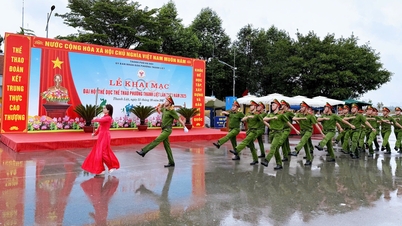
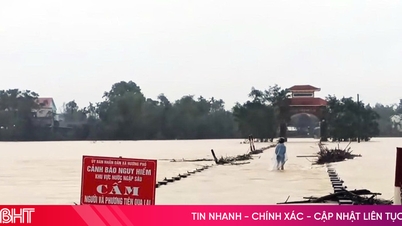
















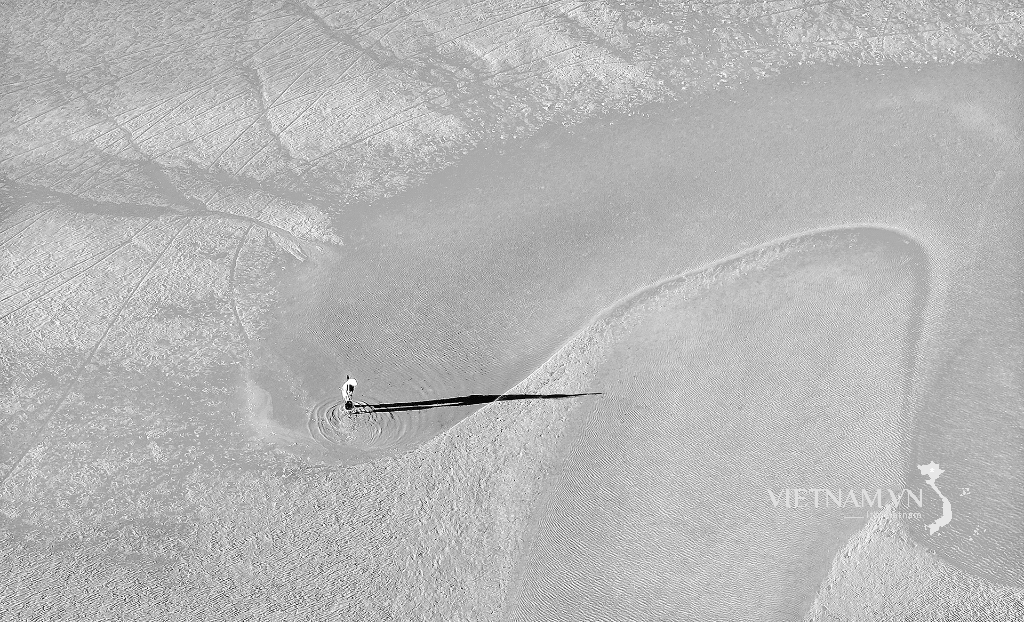
Comment (0)